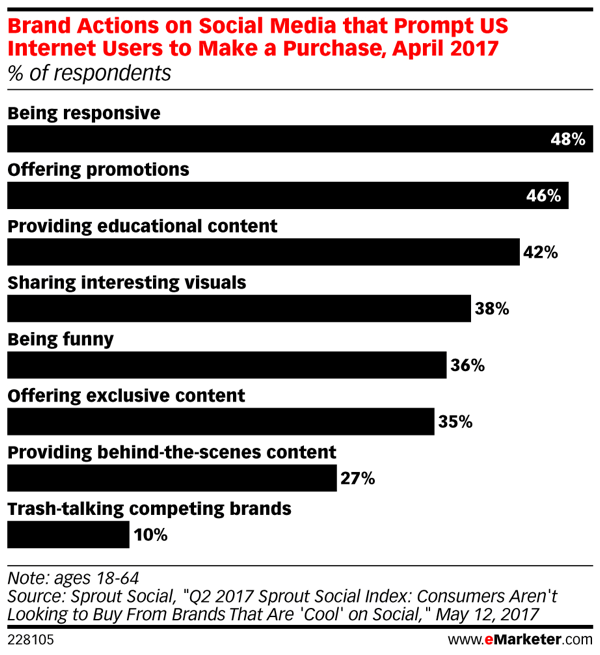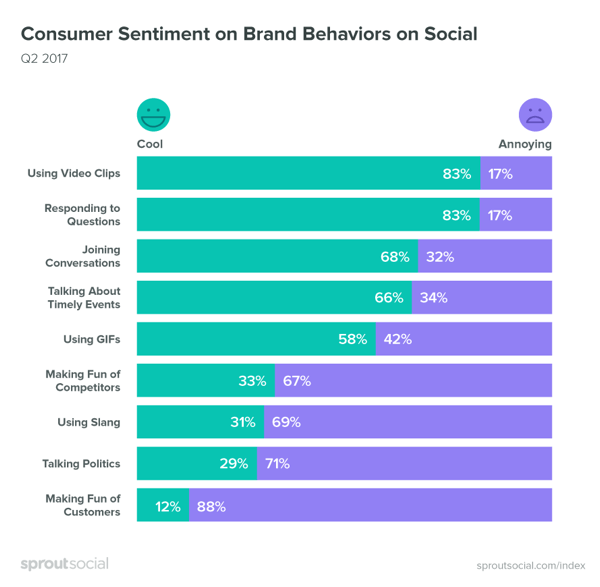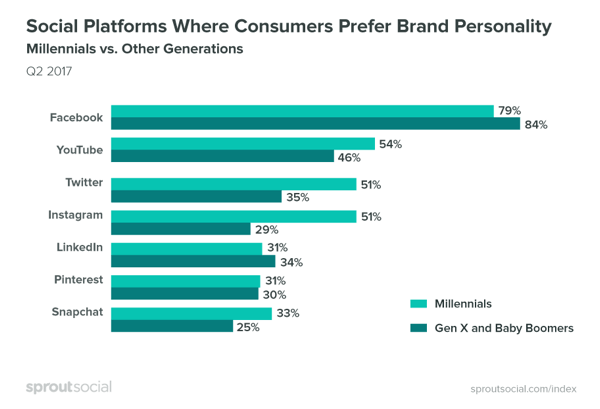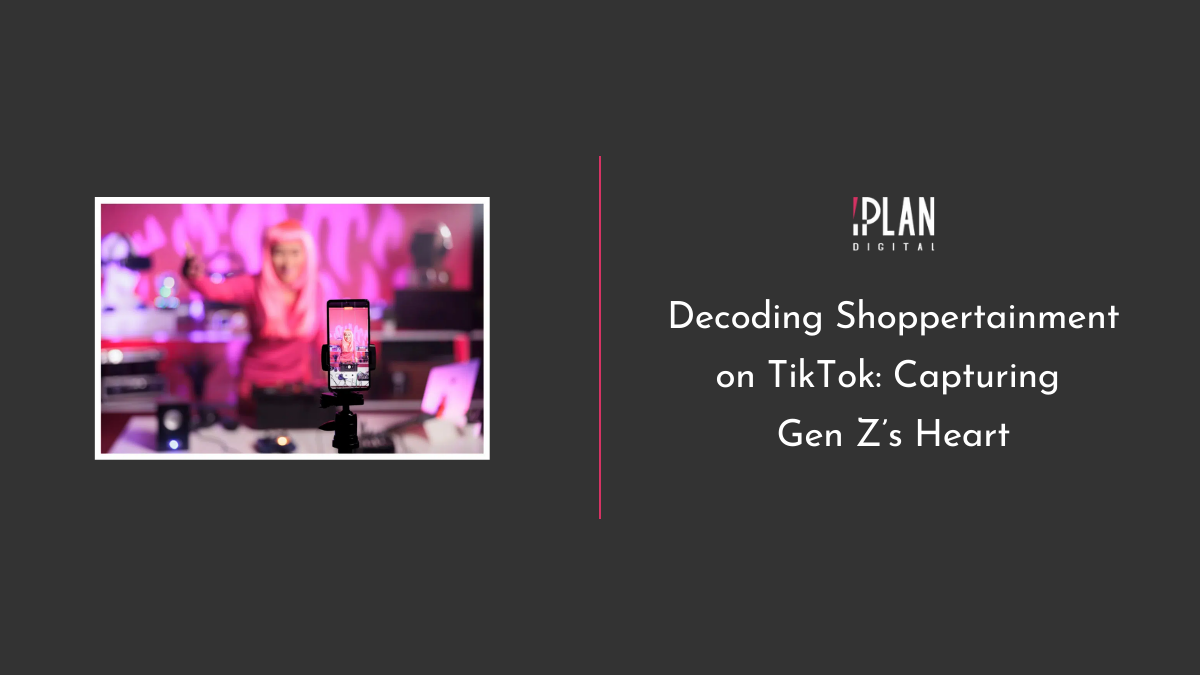Social media has become a very formidable platform for building brand image and for engaging existing and potentials customers. With that being said, for you to cultivate mastery of the social media platform as a tool for creating heightened brand recognition engagement and reception, you must understand the interaction between consumers and marketing messages on social media.
You must have noticed that certain brands get better reception from audiences on social media than others. You also know that some brands enjoy heightened brand reception and very high conversion rates while others struggle.
Well, this article is dedicated to understanding customers’ perceptions and reactions towards the various marketing contents and strategies that are employed by various brands on social media and how it influences the overall outcome.

The nature of brand content and strategies:
The nature of brand content that a brand puts up on social media influences customers tremendously. If you still engage in mindless posting then you could be hurting your brand a great deal. Investigations reveal that customers are more likely to make a buying decision when they encounter hilarious brand messages. Also, a staggering majority revealed that brand that interacts with customers on social media often generate a lot more sales than those that don’t.
It becomes clear that the activities of a brand on social media are very crucial and must be meticulously planned and implemented. A startling revelation also emerged from the investigations when an overwhelming majority of participants admitted to hating brands that ridicule contending brands. So be careful if you are contemplating posting a video or message that makes fun of a rival brand as you could be hurting your brand very badly. In similar fashion, investigations reveal that brands hate it when brand talk about matters concerning government.
It was also uncovered that the social media selected would often influence and determine the dimension of your brand activities. A significant number of participants claimed they enjoy elaborate brand stories and messages on Facebook but would like very concise messages on twitter. Essentially, audiences would be more receptive of lengthy and robust brand messages on Facebook than they would on any other social media platform.
Unpleasant brand activities:
Social media is a very sensitive place and it is therefore imperative that brands monitor their posts and activities closely to avoid offending the sensibilities of existing and potential customers. Investigations reveal that the consequences for a posting unpleasant message are quite serious. It is highly likely that more than half of your audience would stop following your brand on the platform when you post something they find offensive. A significantly high number of audience would block you completely form accessing them and it gets worse as an equally high number of participants may shun your brand completely.
It becomes clear that a brand must not offend the sensibilities of audiences as this could provoke a series of damaging reactions that would affect the brand negatively. A brand must avoid unnecessary controversy on social platforms as this could jeopardize the brand. Quite frankly, it is best to avoid being outrageous as this could have an undesirable effect on the brand. The best policy is to focus entirely on maintaining a friendly image on social media and focus entirely on creating a positive brand image.
Images, graphics, and videos are the best brand messages:
While this is no surprise, many brands are oblivious of the compelling power of visuals and suffer needlessly for their ignorance. Undoubtedly, visuals have a heightened level of efficacy when compared with other forms of media formats. When it comes to engaging customers and getting desired outcomes, you must first capture their attention, sustain attention and leave a memorable impression that shapes their perception and ultimate decision. To achieve this, brands must incorporate visuals and use them extensively in their brand messages. Expectedly, research indicates that over 60 percent of marketers incorporate visuals into their various brand messages. Unarguably, visuals are one of the most used contents. Participants in the 2017 Social Media Marketing industry listed visuals as the most commonly used form of media format.
Visuals have the remarkable capacity to evoke feelings in the minds of audiences and therefore have a much more profound impact than other media content formats. Videos, graphics, animations, images, illustrations and so on would trigger a much more favorable reaction from intended audiences on social media. When you incorporate visuals into your brand message, you can be certain that audiences would react speedily. More so, it is very effective for marketers as they can communicate brand messages with an unprecedented level of accuracy and precision.
While visuals are very effective forms of brand message, it is important that you are careful to communicate the wholesome and constructive brand messages with them. Failure to do so can achieve e a totally opposite and undesirable impact on the brand.
Final statement
Unarguably, social media marketing has a big place in the future of online marketing and promotions. For you to maximize the potentials of social media for heightened brand presence and recognition and reception, you must understand how audiences react to various brand activities and posts on social media.
Here is a brief overview on how to make the most of social media marketing: have deep appreciation of the power of visuals and incorporate it in brand messages, avoid dragging your brand into controversies, make sure that every brand message is focused on your brand, avoid mocking competing brands, endeavor to be interactive as possible and know what social media to be very outspoken and friendly on. Once you implement all of these correctly, you can be sure to get the best reactions from clients that translate into increased profitability and growth.









